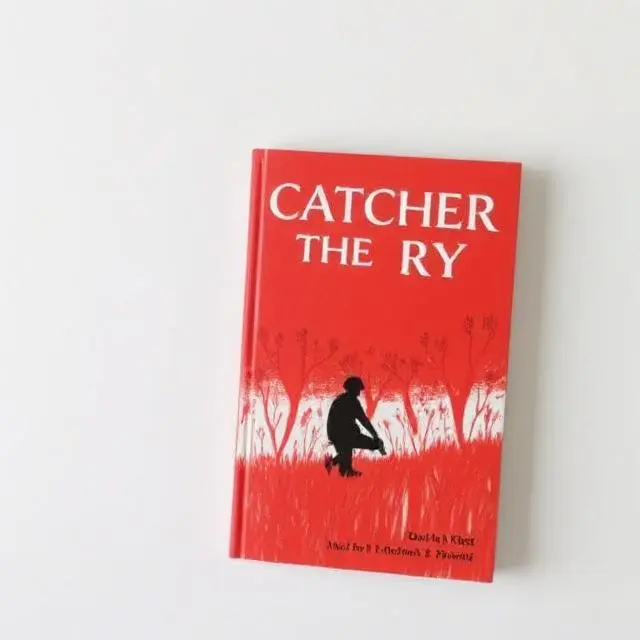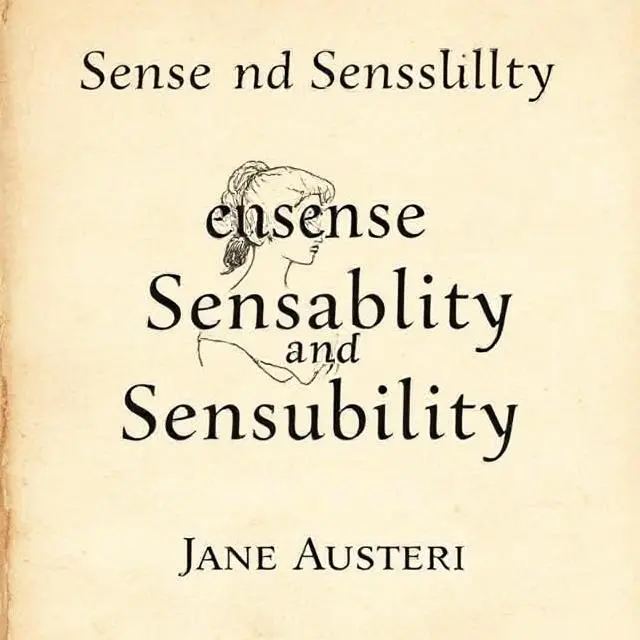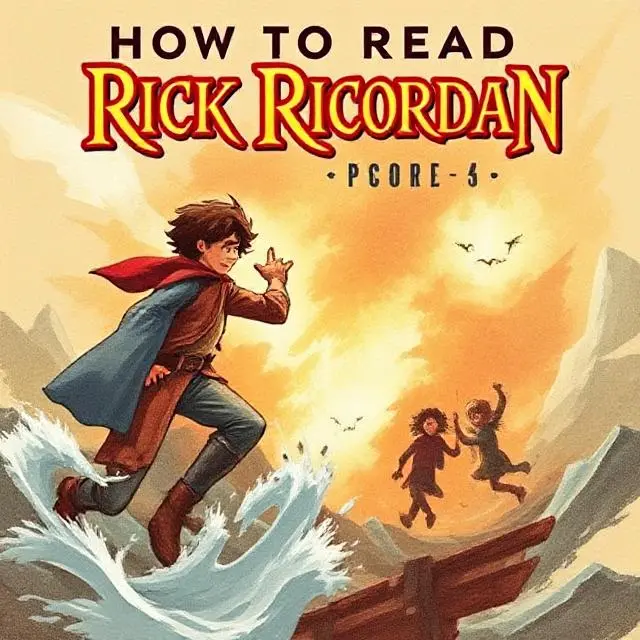The Catcher in the Rye: A Timeless Exploration of Teenage Angst
J.D. Salinger’s The Catcher in the Rye is one of the most influential novels of the 20th century, and its impact continues to reverberate through literature, popular culture, and the minds of readers young and old. Published in 1951, the novel follows the life of Holden Caulfield, a disenchanted teenager struggling to find his place in a world he perceives as phony and hypocritical. Through Holden’s narrative, Salinger crafts an unflinching exploration of adolescence, mental health, and the search for identity, making The Catcher in the Rye as relevant today as it was at the time of its release.
Plot Overview: A Glimpse Into Holden’s World
Holden Caulfield, the novel’s narrator, is a 16-year-old boy who has just been expelled from his prestigious prep school, Pencey Prep. Rather than return home and face his parents’ wrath, Holden runs away to New York City, where he spends several days wandering the streets, interacting with strangers, and grappling with his internal conflict. Throughout his journey, Holden is haunted by the memory of his younger brother, Allie, who died of leukemia a few years prior. The novel follows Holden’s mental unraveling, his disillusionment with the adult world, and his desperate desire to protect the innocence of children, particularly his younger sister, Phoebe.
The central metaphor of the novel is Holden’s fantasy of becoming “the catcher in the rye,” a guardian who saves children from falling into adulthood and losing their purity. His journey is a reflection of his internal battle between the desire to protect innocence and the inevitable passage of time that forces everyone to confront adulthood.
Holden Caulfield: A Voice That Transcends Generations
Holden is one of literature’s most iconic and polarizing characters. His bitterness, cynicism, and emotional volatility make him a figure readers can either empathize with or reject. The strength of The Catcher in the Rye lies in Holden’s unfiltered voice. Salinger masterfully crafts a narrator who feels both real and unreliable at once. Holden’s judgmental attitude toward the world, his sense of alienation, and his obsession with the “phoniness” of adult society are relatable to anyone who has ever felt out of place or misunderstood.
At the same time, Holden’s deep sense of loss—stemming from his brother Allie’s death—adds layers to his character, transforming him from a mere rebellious teen into a figure embodying the struggle between innocence and adulthood. His journey is not just about rejecting adult norms but about grappling with grief, depression, and the fear of growing up.
Themes: The Complexities of Adolescence and Identity
Salinger’s novel touches on a wide range of themes, all centered around the turbulence of adolescence and the quest for self-identity.
- Alienation and Isolation: Holden consistently distances himself from those around him, feeling disconnected from family, friends, and society at large. This alienation is a hallmark of adolescence, as teens struggle to reconcile their developing sense of self with the expectations of the world around them.
- The Phoniness of the Adult World: Holden is repulsed by the pretentiousness and superficiality of the adult world. He criticizes almost every adult he encounters, believing them to be “phony.” This theme resonates deeply with anyone who has ever experienced the disillusionment of seeing the world in black-and-white terms.
- Innocence vs. Corruption: Holden’s desire to protect children from falling into the adult world symbolizes the universal struggle to preserve innocence. His fantasy of becoming the “catcher in the rye” represents his wish to shield the young from the harsh realities of life.
- Mental Health and Grief: Holden’s emotional state and mental health struggles are a central focus of the novel. His grief over Allie’s death manifests in his irrational behavior, his depression, and his inability to connect with others. Salinger portrays mental health in a nuanced way, showing the complexities of grief and depression, which were often taboo subjects at the time.
The Characters: Supporting Holden’s Journey
Though Holden is the centerpiece of the novel, the secondary characters play crucial roles in developing the book’s themes. From the innocent and wise Phoebe to the troubled and flawed Mr. Antolini, each character provides a mirror to Holden’s struggles.
- Phoebe Caulfield: Holden’s younger sister, Phoebe, is perhaps the only person who understands him fully. Her innocence and intelligence provide a grounding force in Holden’s chaotic world, and her love for him underscores the novel’s theme of familial bonds.
- Mr. Antolini: Holden’s former teacher, Mr. Antolini, offers a moment of guidance, but his behavior toward Holden complicates the mentor-student dynamic. Mr. Antolini represents the adult world’s complexity and its capacity for both wisdom and failure.
- The Minor Characters: Throughout Holden’s journey, he encounters a variety of minor characters—strangers, classmates, and even a prostitute—that reflect the larger societal issues Holden struggles to comprehend. These encounters deepen the themes of isolation and alienation.
Writing Style: A Unique Narrative Voice
The power of The Catcher in the Rye lies in Holden’s narrative voice. Salinger’s use of first-person narration creates an intimacy between Holden and the reader, making us feel as if we are listening to his confessions. Holden’s language is casual, filled with slang, and occasionally erratic—perfectly capturing the voice of a disillusioned teenager. His observations, often humorous and biting, offer both insight and a sense of disconnection from the world around him.
Conclusion: A Classic for Every Generation
Despite being banned in several places and criticized for its use of profanity and themes of rebellion, The Catcher in the Rye remains a timeless classic that continues to resonate with readers. The novel’s exploration of identity, alienation, grief, and the loss of innocence is as relevant today as it was when it was first published. Holden Caulfield’s voice, his struggles, and his longing for authenticity transcend time, making The Catcher in the Rye a must-read for anyone seeking to understand the complexities of adolescence and the human condition.
Final Verdict: ★★★★★
The Catcher in the Rye is a deeply moving, thought-provoking, and often heartbreaking exploration of what it means to grow up. Holden Caulfield may not be a character everyone can relate to, but his journey will resonate with anyone who has ever felt lost or unsure about where they belong. Through its raw portrayal of adolescence, Salinger’s novel stands as a testament to the universal struggles of growing up and finding one’s place in the world.







